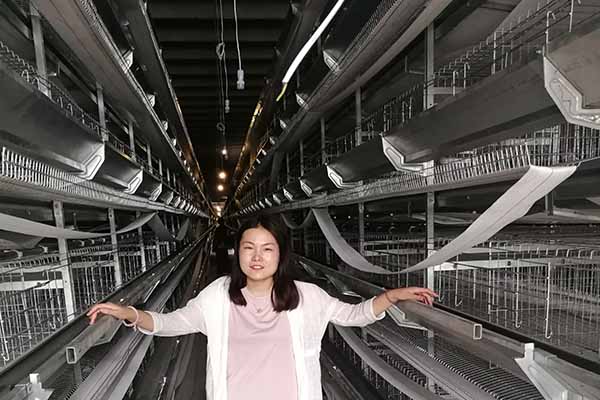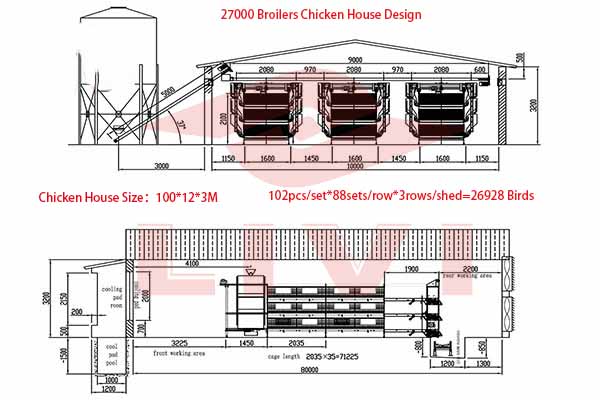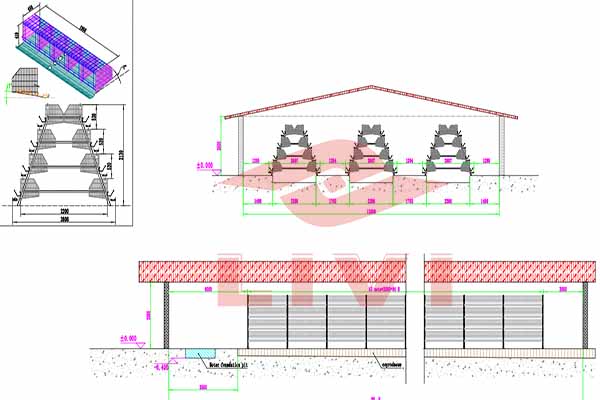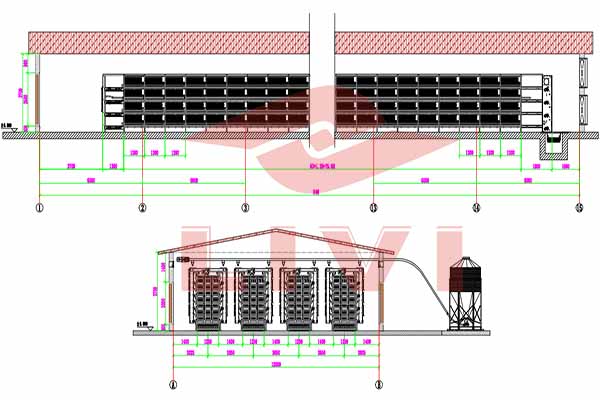What is the Best Ventilation System for a Poultry Cage Farm with 90,000 Chickens in Nigeria?
Understanding the Importance of Ventilation in Poultry Farming
Poultry farming is a thriving industry in Nigeria, with numerous farmers investing in large-scale operations. One crucial aspect of successful poultry farming is ensuring a healthy environment for the chickens, which is where an effective ventilation system plays a pivotal role. In this article, we will discuss the best ventilation system for a poultry cage farm with 90,000 chickens in Nigeria.
Key Considerations for Ventilation Systems in Poultry Farms
Before delving into the best ventilation systems, it is essential to understand the primary concerns that a poultry farm owner needs to address:
– Air Quality: Poor air quality can lead to respiratory diseases and reduced growth rates in chickens.
– Temperature Control: Maintaining the right temperature is crucial for the well-being of the chickens, especially during extreme weather conditions.
– Energy Efficiency: An efficient ventilation system can significantly reduce energy costs.
The Best Ventilation Systems for a Poultry Cage Farm with 90,000 Chickens
1. Positive Pressure Systems:
– These systems force air into the poultry house, creating a positive pressure environment that minimizes the entry of dust, ammonia, and other harmful particles.
– Ideal for large-scale farms due to their ability to handle high chicken densities.
2. Natural Ventilation Systems:
– Utilize natural wind and convection to provide fresh air and remove heat and moisture.
– Cost-effective and energy-efficient, making them a popular choice among many Nigerian poultry farmers.
3. Mechanical Ventilation Systems:
– Comprised of fans, ducts, and air inlets that can be controlled to maintain optimal air quality and temperature.
– Suitable for farms with specific climate requirements or where precise control is necessary.
Comparison Table of Ventilation Systems
| Ventilation System | Key Features | Benefits | Drawbacks |
|——————————|——————————————————————————|————————————————————————–|————————————————————————–|
| Positive Pressure Systems | Forced air, positive pressure, minimizes dust and ammonia | Suitable for large farms, improves air quality | Higher initial cost, requires regular maintenance |
| Natural Ventilation Systems | Wind and convection, cost-effective, energy-efficient | Lower initial cost, easy to maintain | Less control over air quality and temperature |
| Mechanical Ventilation Systems| Fans, ducts, air inlets, controlled environment, precise temperature control | Precise control over air quality and temperature, adaptable to different needs | Higher initial cost, requires regular maintenance and power supply |
Choosing the Right Ventilation System for Your Poultry Farm
The best ventilation system for your poultry farm depends on various factors, including:
– Location: Consider the climate and weather patterns in your region.
– Budget: Balance the initial cost with long-term energy savings.
– Farm Size: Larger farms may require more advanced systems.
For a poultry cage farm with 90,000 chickens in Nigeria, a combination of natural and mechanical ventilation systems might be the most suitable option. This allows for cost-effectiveness while still providing precise control over the environment.
Conclusion
Selecting the right ventilation system is crucial for the success of your poultry farm. By considering the factors mentioned above and choosing a system that aligns with your farm’s specific needs, you can create a healthy and productive environment for your chickens.
If you are looking for professional advice on ventilation systems for your poultry farm, please feel free to leave a comment below or contact us for a free consultation and equipment quotation.





